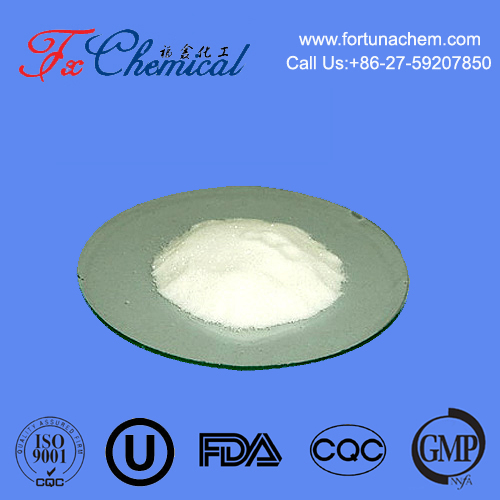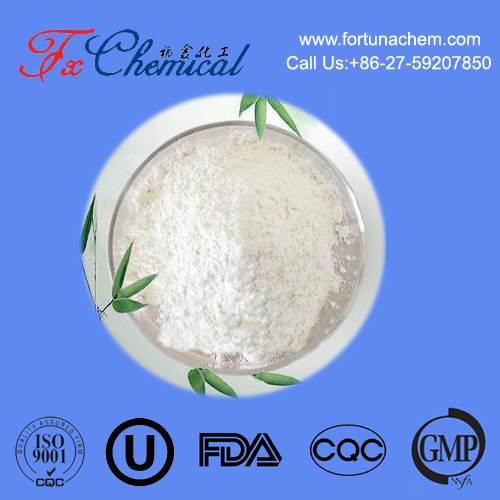
Search

Search

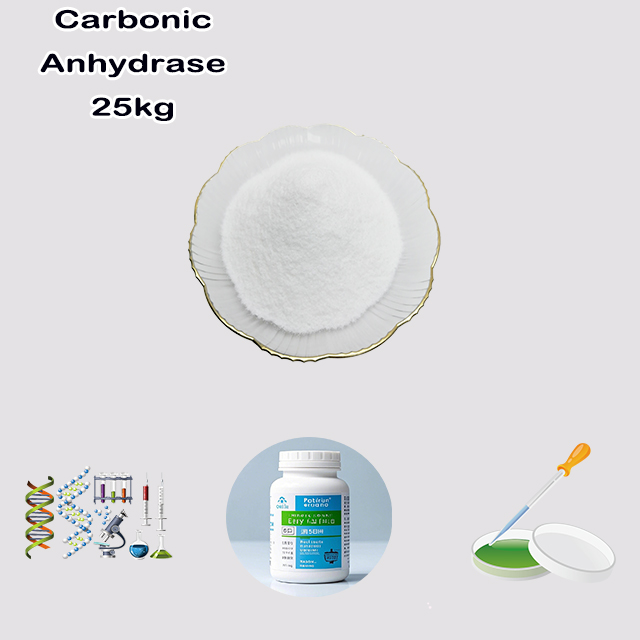
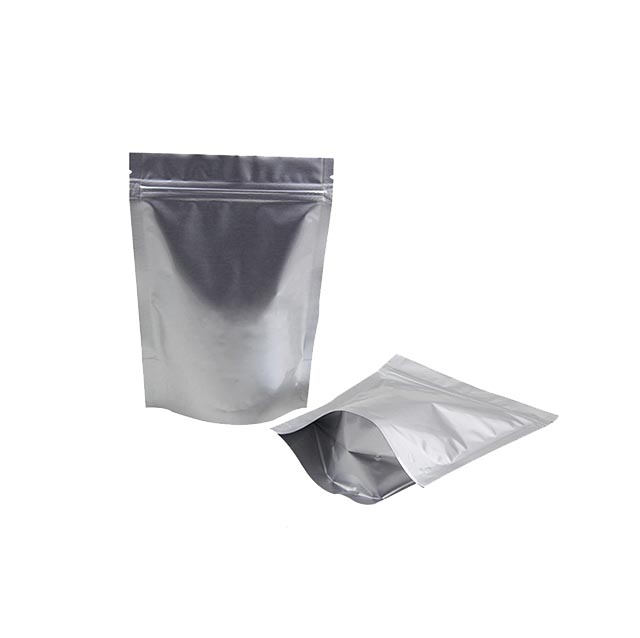
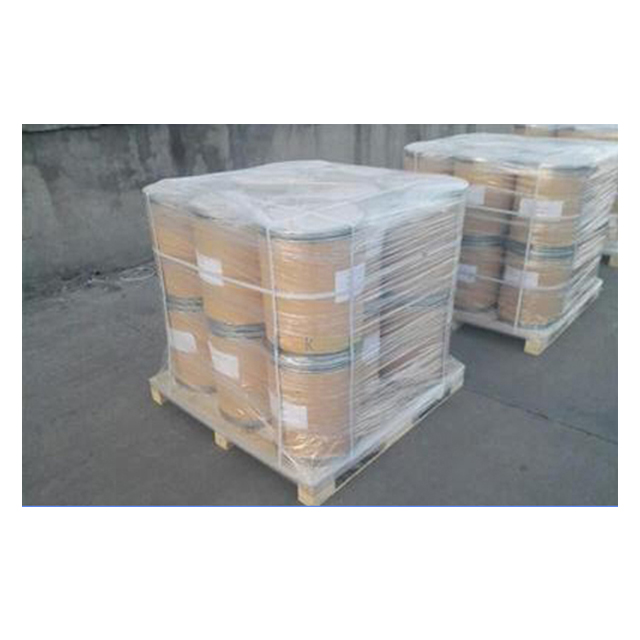

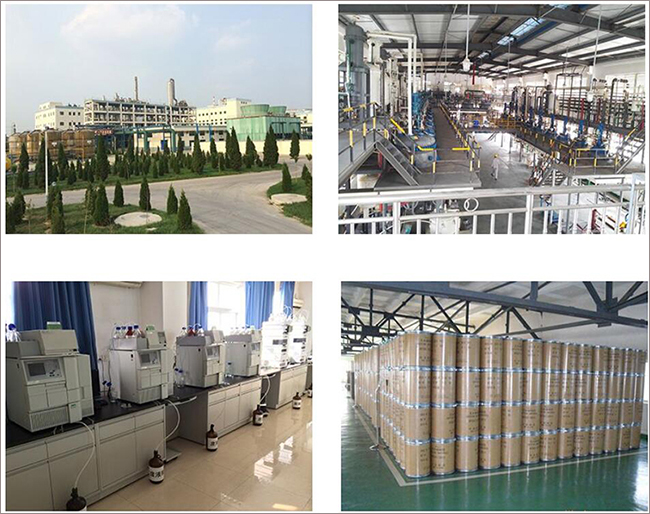





Carbonic Anhydrase (CA) is a zinc-containing enzyme that rapidly catalyzes the reversible reaction:
CO₂ + H₂O ⇌ HCO₃⁻ + H⁺
Active Site: Zn²⁺ ion bound to 3 histidine residues + hydroxide (OH⁻), acting as a potent nucleophile.
Function:
Accelerates CO₂/HCO₃⁻ conversion >1 million times faster than uncatalyzed (kₐₐₜ ~10⁶ s⁻¹).
Critical for pH balance, CO₂ transport in blood, respiration, and photosynthesis.
Types: 16+ human isoforms (e.g., CA-II in cytosol; CA-IX in tumors).
Inhibitors: Drugs like acetazolamide (treats glaucoma/altitude sickness) block Zn²⁺.
Evolution: Conserved across animals, plants, and bacteria.
Biological Impact: Enables efficient CO₂ removal in lungs and acid secretion in kidneys.
Carbonic Anhydrase (CA) is a zinc-containing metalloenzyme that catalyzes the rapid interconversion of carbon dioxide (CO₂) and water (H₂O) into bicarbonate (HCO₃⁻) and protons (H⁺), and vice versa.
Active Site:
A zinc ion (Zn²⁺) coordinated to three histidine residues (His94, His96, His119 in human CA-II) and a hydroxide ion (OH⁻).
A hydrophobic pocket for CO₂ binding.
Reaction Mechanism:
CO₂ + H₂O ⇌ HCO₃⁻ + H⁺
Step 1: Zn²⁺-bound OH⁻ attacks CO₂ → forms bicarbonate (HCO₃⁻).
Step 2: H₂O replaces HCO₃⁻; proton transfer regenerates Zn²⁺-OH⁻.
Kinetics:
Among the fastest enzymes (kₐₐₜ up to 10⁶ reactions/second).
pH Regulation: Maintains acid-base balance (e.g., blood, kidneys).
CO₂ Transport: Converts CO₂ → HCO₃⁻ for blood transport.
Physiology: Respiration, photosynthesis, bone resorption.
Isoforms: 16+ human types (e.g., CA-II is cytosolic; CA-IX is tumor-associated).
Inhibitors:
Drugs: Acetazolamide (diuretic), Dorzolamide (glaucoma).
Toxins: Cyanide, sulfide (bind Zn²⁺).
Size: ~29–30 kDa (260–300 amino acids).
Fold: Predominant β-sheet structure (not α-helical).

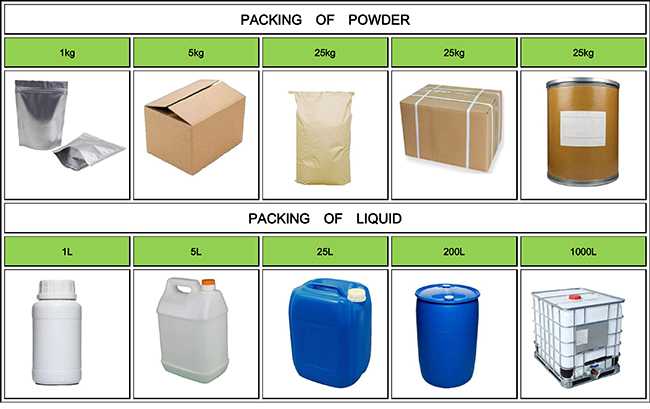


Fortunachem Provides Not Only Professional Chemical Products But Also Professional Help
Keeping you up-to-date with all the latest information, news, and events about Fortunachem!

Quick Links
Add:
E-mail:
 English
English  Español
Español  français
français  العربية
العربية 

